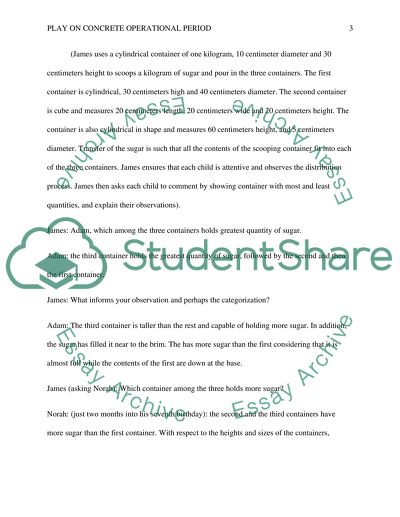Cite this document
(“Piaget and the Concrete-Operational Period Assignment”, n.d.)
Retrieved from https://studentshare.org/other/1650072-piaget-and-the-concrete-operational-period
Retrieved from https://studentshare.org/other/1650072-piaget-and-the-concrete-operational-period
(Piaget and the Concrete-Operational Period Assignment)
https://studentshare.org/other/1650072-piaget-and-the-concrete-operational-period.
https://studentshare.org/other/1650072-piaget-and-the-concrete-operational-period.
“Piaget and the Concrete-Operational Period Assignment”, n.d. https://studentshare.org/other/1650072-piaget-and-the-concrete-operational-period.


